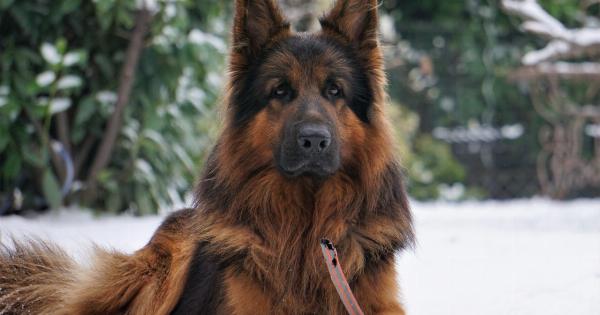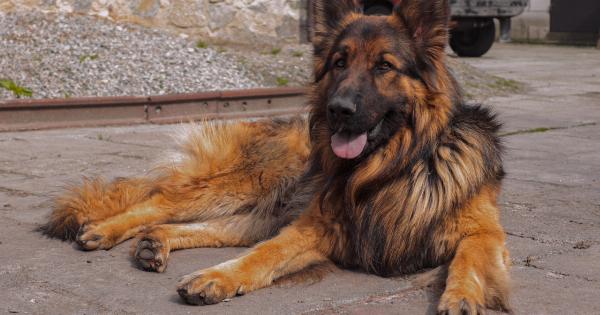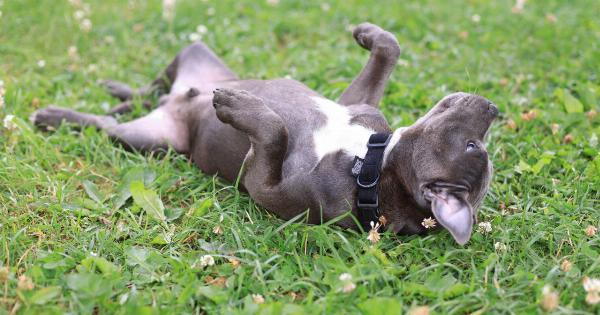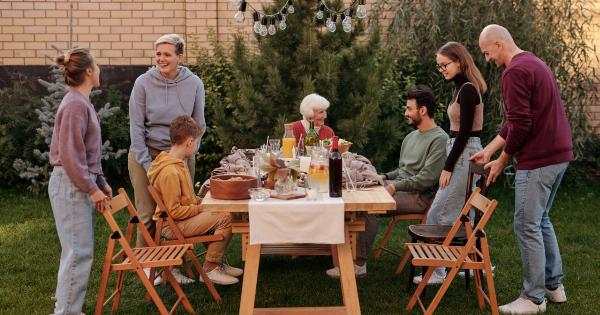Living in a small space with a big dog can certainly pose some challenges.
Many people believe that large dogs need a lot of space to roam and exercise, but the reality is that with the right care, a big dog can adapt and be perfectly content in a smaller living environment. In this article, we will explore the factors that contribute to a big dog’s ability to cope with living in a small space, and provide tips on how to ensure their well-being and happiness in such conditions.
Understanding a Big Dog’s Physical and Emotional Needs
Before delving into the logistics of living with a big dog in a small space, it is important to understand their physical and emotional needs. Like any other dog, a big dog requires daily exercise, mental stimulation, and social interaction.
Exercise: Big dogs tend to have higher energy levels and larger muscle mass compared to smaller breeds. This means that they need plenty of physical activity to stay healthy and prevent boredom.
While a large yard can be beneficial for providing exercise opportunities, it is not the only solution. Regular walks, frequent play sessions, and interactive toys can all help keep a big dog physically active.
Mental Stimulation: Keeping a big dog mentally stimulated is just as important as physical exercise. Engaging their minds with puzzles, training sessions, and interactive toys can prevent boredom and destructive behavior.
Mental stimulation can also be achieved through daily training exercises that challenge and engage the dog’s problem-solving skills.
Social Interaction: Dogs are social animals and need interaction with their human family members to thrive. They also benefit from socializing with other dogs and people.
While living in a small space may limit the dog’s encounters with other animals, regular walks, trips to the dog park, and playdates with other friendly dogs can help meet their socialization needs.
Creating a Comfortable Living Environment
Living in a small space can be challenging for any dog, regardless of size. However, with some adjustments and careful planning, a big dog can still have a comfortable living environment.
1. Adequate Space: While it may seem contradictory, it is important to provide your big dog with enough space to move comfortably.
Ensure that your home layout allows for easy navigation, and that your dog has room to stretch, lie down, and access their essentials without feeling cramped.
2. Cozy Sleeping Area: A dedicated sleeping area that is cozy and comfortable is essential for a big dog. Depending on your space, you can provide a large dog bed or create a designated corner with soft bedding where they can retreat to rest and relax.
3. Vertical Space Utilization: Make use of vertical space by incorporating wall-mounted shelves or cat trees to give your big dog some elevation.
This will facilitate their ability to observe their surroundings and provide them with a sense of ownership over their territory.
4. Indoor Exercise Alternatives: It is crucial to find indoor exercise alternatives when outdoor space is limited. Consider investing in puzzle toys, indoor agility equipment, or utilizing long hallways or staircases for interactive play sessions.
This will help burn off excess energy and keep your dog mentally stimulated.
5. Establishing Routine: Dogs thrive on routine, so it is important to establish a consistent schedule and stick to it.
Regular feeding times, walks, play sessions, and training exercises will create predictability and a sense of security for your big dog in a small space.
The Importance of Outside Time and Exercise
While living in a small space, it is essential to ensure that your big dog receives regular outside time and exercise opportunities. Here are some tips to make the most of outdoor activities:.
1. Frequent Walks: Regular walks are important to meet a big dog’s exercise and mental stimulation needs. Aim for at least two walks a day, adjusting the duration and intensity based on your dog’s age, breed, and individual requirements.
2. Dog Parks and Playdates: Dog parks provide a fantastic opportunity for big dogs to socialize, burn off energy, and play with other dogs.
If dog parks are not feasible, consider arranging playdates with other friendly dogs in open areas or enroll your dog in supervised doggie daycare sessions for additional socialization and exercise.
3. Explore New Environments: Take your big dog on different routes during walks or visit new locations to expose them to varied sights, smells, and sounds. This helps prevent boredom and keeps them mentally stimulated.
4. Interactive Toys: Outdoor exercise time can also incorporate interactive toys such as flirt poles, fetch toys, or puzzle games to engage your big dog physically and mentally.
Training and Mental Stimulation
Training is much more than teaching obedience commands; it is a way to engage and stimulate your big dog’s mind. Here are some training tips:.
1. Basic Commands: Teaching basic commands such as sit, stay, and come is essential for safety and effective communication.
Invest time in training sessions and use positive reinforcement techniques like treats and praise to make the training enjoyable for your dog.
2. Advanced Training: Once your big dog has mastered the basics, consider enrolling them in advanced training classes. This will provide mental stimulation, promote focus, and strengthen the bond between you and your dog.
3. Enrichment Toys: Enrichment toys, such as treat-dispensing puzzles or interactive feeder toys, can be incorporated into training sessions to keep your big dog challenged and mentally engaged.
4. Nose Work: Dogs have an incredible sense of smell, and engaging in scent work can tire them out mentally and physically. Hide treats around the house or teach them to search for specific scents.
Seeking Professional Help and Support
If you find it challenging to meet your big dog’s needs in a small space, reaching out to professionals can provide valuable guidance and support. Consider consulting with:.
1. Veterinarians: Your dog’s veterinarian can provide personalized advice based on your dog’s specific needs and health considerations.
2. Trainers: Dog trainers can help you design a training plan tailored to your big dog’s requirements and challenges of living in a small space.
3. Behaviorists: If your dog displays behavioral issues or struggles to adjust to the limited space, a certified behaviorist can provide insights and develop a behavior modification plan.
In Conclusion
Living in a small space with a big dog is possible with proper care, attention, and planning. Understanding and fulfilling your dog’s physical, mental, and social needs is key to ensuring their well-being and happiness.
Remember that every dog is unique, and it may take some experimentation to find the routine and environment that works best for your big dog. With the right approach, a big dog can cope and thrive in a small living space.




























